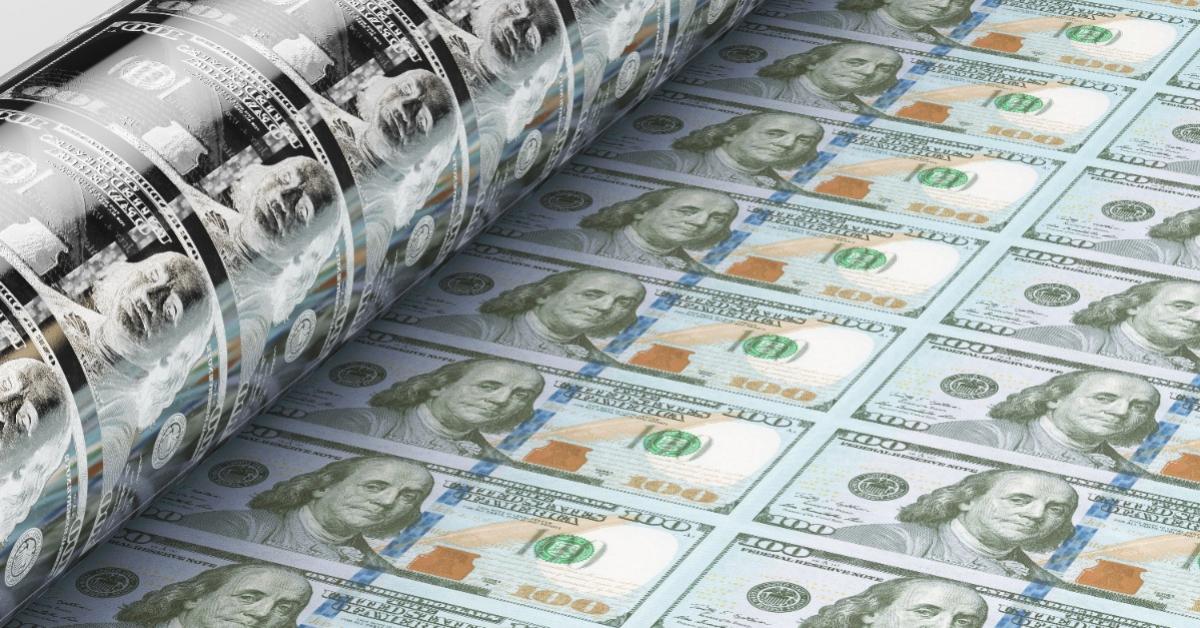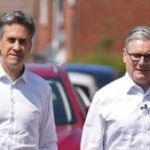
The original vicious circle starts with inflationary interventions in an up-to-then well-anchored monetary regime. Consequent asset inflation spawns a banking crisis. That leads to the installation of anticrisis safety structures (one illustration is a novel or enhanced lender of last resort). Alongside a possible monetary regime shift, these damage the money’s anchoring system. A great asset inflation emerges and leads on to an eruption of another banking crisis, devastating in comparison with the first.
An array of additional safety structures is put in place which makes the now-bad money worse than before. After a long and variable lag, a long and violent monetary storm means the safety structures fail, a banking crisis again erupts but this time milder than the previous.
Then a further tinkering with the safety structures causes money to deteriorate even more in quality. Another shift in monetary regime coincidentally does much additional damage. Consequently, in time, a new crisis erupts much worse than the last one.
The safety engineers do more work, causing yet more damage to the mechanisms essential to sound money. But now the safety structures are so pervasive and strong across the banking industry that there is widespread belief that bank crisis eruptions will be smaller or, more likely, totally repressed.
Subsequent events demonstrate those beliefs to be hollow. There is a new round of safety structure elaboration leading to further monetary deterioration. Regime officials declare the end of bank crises.
The cumulative economic cost of this vaunted triumph over bank crisis is an advance of monopoly capitalism and monetary statism that throttles the essential dynamism of free market capitalism. Malinvestment becomes cumulatively larger. Living standards in general suffer. The severely ailing money which subsists is beyond any cure except the most radical.
Let’s fit the above abstract series of vicious bad money–bank crisis cycles to the most recent 130-year history of US money. At the start there were the inflationary interventions by US administrations in the two penultimate decades of the international gold standard, overpowering for sustained periods the “checks and balances” of that regime.
Murray Rothbard highlights these interventions in his US monetary history book—the first intervention under the “Billion Dollar Congress” of 1889–91 and the second from 1902–7 under Secretary Leslie Shaw who aimed to create a virtual central bank within the Treasury by deploying the huge cash balances of the federal government. The results were the Panic of 1893 and then the epic crash of 1907 followed by a recession.
These financial system convulsions and the related economic slumps were decisive events behind the creation of the Federal Reserve in 1913. Its advocates promised that an elastic currency, a state-run clearing house, and a monopoly of note issuance would mean the end of episodic banking crises.
The true source of these crises, however, were the preceding episodes of monetary inflation, and the scope for this crisis just got a lot worse. The international gold standard disintegrated at the outbreak of World War One. Demand for monetary gold in the belligerent European countries collapsed as governments there sequestered the yellow metal to pay for imports.
Beyond that wartime experience, the launch of the Fed destabilized the demand for monetary base. The novel provision of lenders of last-resort facilities and, more generally, discount window-access to member banks diluted the perceived special qualities of the monetary base (as means of payment and store of value) essential to its enjoying strong, broad, and stable demand despite its constituents bearing no interest. These “super money” qualities are crucial to monetary base’s role in the solid anchoring of money.
In the wake of the immediate postwar depression in 1920, during which no banking crisis erupted, opinion was prevalent that the institution of the Federal Reserve meant no more systemic bank runs and panics. Correspondingly, individuals saw less reason to hold large amounts of cash or types of deposits that were backed by large amounts of cash, gold, or reserve deposits. Hence, though monetary base growth seemed low and stable through what Milton Friedman misleadingly describes as “the high tide of the Federal Reserve” in 1922–27, monetary conditions were, in fact, highly inflationary. This did not show up in average consumer prices in that the economic miracle of the second industrial revolution meant there was a powerful natural rhythm downward of costs in tune with rapid productivity growth.
The result: a great asset inflation and then a subsequent bust, featuring three back-to-back recessions which together formed the so-called Great Depression; the last two of these were marked by convulsive waves of bank failures. This culminated in the New Deal shift of monetary regime, including exit from gold, deposit insurance, and swathes of new bank regulations. The bad money of the 1920s got a lot worse—amidst further dilution of its base’s qualities and a vast expansion of the US monetary base from 1934 to early 1936.
The interlude of wartime inflation and subsequent economic miracle in the US, Europe, and Japan for long stages meant that the vicious bad money–bank crisis circle was in suspense until well on into the “greatest peacetime inflation” (from the mid-1960s to the start of the 1980s). Fast-forward to the eruption of the US banking crisis at the start of the 1980s as the bubble in lending to Latin America (a key symptom from the mid-1970s’ asset inflation) burst. The Fed’s and Treasury’s rescue of large US banks ended the brief US monetarist experiment of targeting the monetary base. Dollar devaluation fueled by Fed inflation following the Plaza Accord in 1985 spawned an asset inflation culminating in the savings and loan debacle and banking crisis in Japan, France, and Scandinavia.
By the early- to mid-1990s, recent examples of the Fed and US government assisting banks in crisis had further diluted the perceived qualities of the monetary base. In consequence, sound money, which depends on a functional monetary base whose supply is highly restricted, had become even more remote. Coincidentally, a shift in US (and European) monetary regime was under way, to the so-called 2 percent inflation standard, with the Fed abandoning any remnants of money supply targeting.
All this led on to a virulent episode of monetary inflation, featuring most directly asset inflation which became the source of the next great banking crisis in 2008–12. A swathe of new banking regulations followed. These came in combination with “monetary reforms”—crucially including interest paid on reserve and quantitative easing—which though ostensibly designed to fortify the banking system, in fact, caused already bad money to become even more unsound. Hence, the reforms laid the foundation for further banking crises which erupted in the aftermath of the great monetary inflation during the pandemic and the onset of the Russia-Ukraine war.
The response to this most recent banking crisis: “too big to fail” extended to deposits of all banks, at least those deemed by highly politicized opinion to be of “systemic relevance”; speculation about vastly increased deposit insurance; and promised new regulations across medium and small banks. The net consequence: a further dilution of any remaining special qualities of reserve deposits.
Reconstituting a functional monetary base as essential to a sound money system would now require radical reform. Money is set to deteriorate in quality yet again—more statist, more regulation, less competition amongst the institutions which produce it in its various forms for the public.
Could state-administered safety structures in the banking system now become so omnipresent that the next asset inflation would not culminate in crisis? Essential flaws of regulation and the likely virulence of future asset inflations make that outcome unlikely. Meanwhile, expect official silence about the cumulative costs of the anticrisis “infrastructure” whether in the form of advancing monopoly capitalism, reducing economic dynamism, ever-worse malinvestment, bigger government, and ever-more pervasive crony capitalism.





